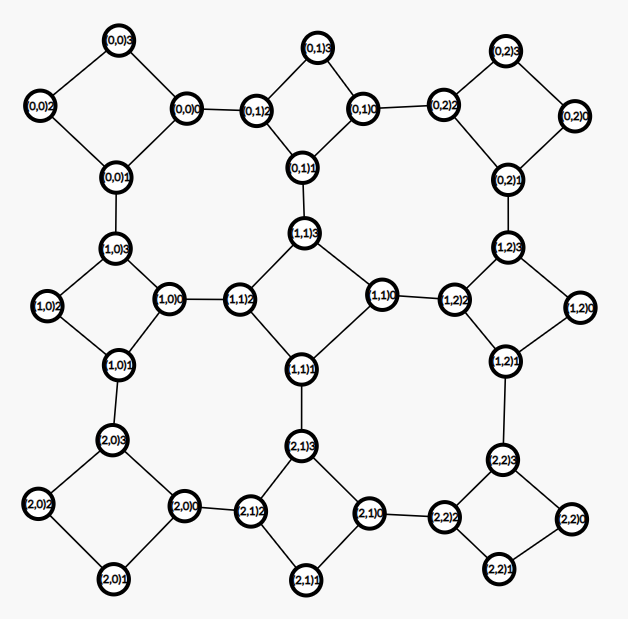Let $$$m$$$ be an arbitrary positive integer. We construct an array $$${a}$$$ where $$$\forall n\in\mathbb{N}_+,\sum_{k\mid n}a_k=m^n$$$. Please prove: $$$\forall n\in\mathbb{N}_+,n\mid a_n$$$.
My first thought is to use Mobius inversion to translate the definition of $$${a}$$$ into $$$a_n=\sum_{k\mid n}m^k\mu(\frac nk)$$$. Then I tried to prove: Let $$$n=p_1^{c_1}p_2^{c^2}\cdots p_k^{c_k}$$$ be the unique factorization of $$$n$$$, for all $$$1\le i\le k$$$ the condition $$$p_i^{c_i}\mid a_n$$$ holds. But I made a little mistake. I forgot the other powers of $$$p_i$$$.
So who can prove this statement? Please comment here, thanks!













